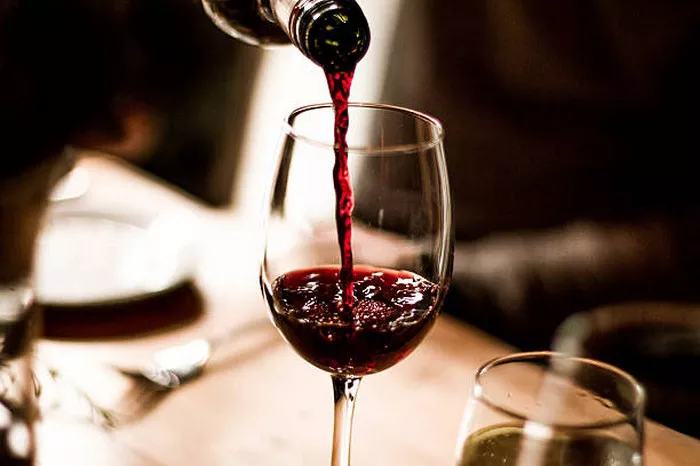The 2018 vintage marks a significant milestone for Champagne Ayala and Piper Heidsieck, reflecting the region’s evolving climate. With warmer, sunnier growing seasons, harvests are now occurring up to a month earlier, with grapes often picked in August rather than the traditional mid-to-late September.
The 2018 harvest began earlier than any other in recorded history, following a scorching summer with temperatures well above average. Over 750 hours of sunshine between April and June, compared to the typical 630 hours, led to the earliest start on record, with the Grand Cru of Ambonnay beginning on August 17. By that time, some grapes had already reached potential alcohol levels of 12°.
Since the turn of the millennium, eight harvests have commenced in August, including an exceptionally early start on August 13 in 2020. The previous record was held by the 2003 harvest, which started on August 18. Before that, one would have to look back to 1822 for the next earliest start date.
Despite the early harvest, the 2018 vintage’s fruit is markedly different from that of the late 1980s. Unlike the 1988 vintage, which required extensive cellaring, the 2018 vins clairs were already pleasant when tasted in early 2019. Minimal chaptalization was needed in 2018, with many producers achieving average potential alcohol levels of 10.5° to 11°, and levels above 11° were not uncommon. This has resulted in wines that are more approachable, even just six years later.
Piper Heidsieck 2018 Vintage
Piper Heidsieck’s 2018 vintage, the first release overseen by winemaker Emilien Boutillat, exemplifies this shift. Previewed in January and again in June, the wine demonstrates warmth, generosity, and a spicy richness. Comprising 50% Chardonnay, 47% Pinot Noir, and a touch of Meunier, it is sourced from 16 villages, two-thirds of which are grands and premier crus. With a dosage of just 7g/l, reduced from the 10g/l typical 30 years ago, the wine maintains freshness, aided by selecting cooler locations like the north-facing slopes of Montagne de Reims. Boutillat estimates its cellaring potential at 15 years or more.
Ayala A/18 Le Blanc de Blancs
Ayala’s latest release, A/18 Le Blanc de Blancs, also from 2018, presents a pure Chardonnay expression. Sourced primarily from four Côte des Blancs grands crus—Chouilly, Cramant, Le Mesnil-sur-Oger, and Oger—along with premier crus Bisseuil and Cuis, it features an Extra Brut dosage of just 5g/l. Initially austere when first tasted in mid-April, the wine has since developed a rich, chalky mid-palate, demonstrating its impressive qualities with additional time on the cork.
Evolving Champagne Practices
The differences in winemaking approaches over the past decades are evident in the reduced dosages and the focus on maintaining freshness despite earlier harvests. The clear glass bottle of Ayala’s A/18, while posing a light strike risk, is now protected by an attractive paper wrap.
As the climate continues to warm, the Champagne region adapts, producing vintages that reflect these changes. The 2018 releases from Ayala and Piper Heidsieck highlight the region’s ability to innovate and maintain excellence in the face of evolving conditions.


